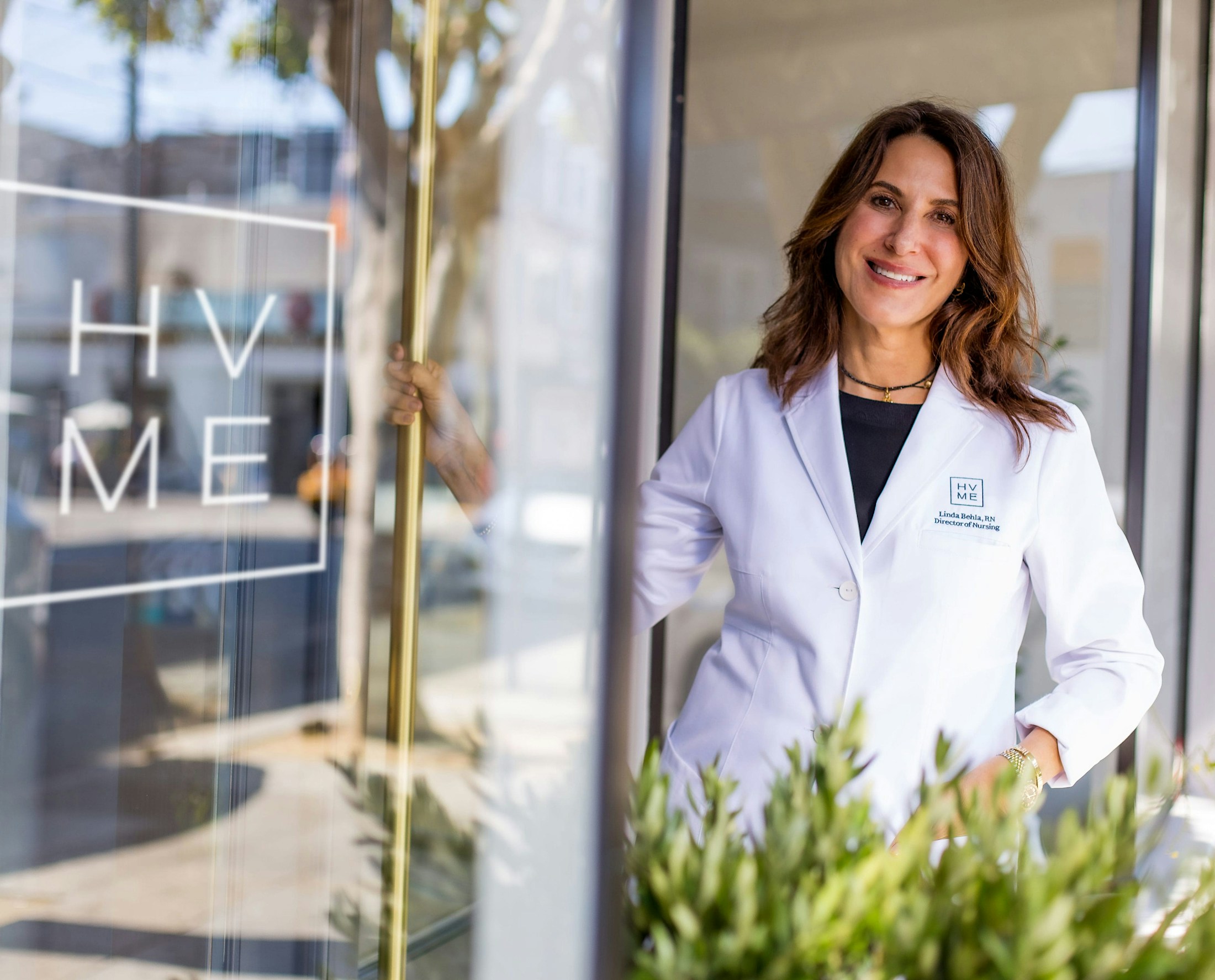Take a look at some of the most common questions we receive about our facial rejuvenation treatments. Reach out and set up your consultation if you’d like to learn more.
Facial Rejuvenation Frequently Asked Questions
What is PRP for facial rejuvenation, and how does it work?
PRP (Platelet-Rich Plasma) uses a small blood sample to create a platelet-rich serum for facial rejuvenation. This serum stimulates collagen production, improves skin tone, and accelerates healing, resulting in firmer, youthful skin.
What is dermaplaning, and how does it benefit the skin?
Dermaplaning is a noninvasive treatment that uses a sterile blade to remove dead skin cells and fine facial hair, revealing smoother, more radiant skin. It enhances texture, boosts cell turnover, and creates a flawless base for makeup.
Is PRP painful?
PRP treatments are generally well-tolerated, with patients often feeling a slight prickling or tingling, especially with microneedling. Numbing cream is usually applied to enhance comfort and minimize discomfort.
Can I combine PRP and dermaplaning in one session?
PRP and dermaplaning can be combined, with dermaplaning done first to exfoliate the skin. This allows PRP to penetrate deeper, enhancing rejuvenation with instant smoothness and long-term collagen support.
How soon will I see the results from PRP?
PRP results develop gradually as collagen production increases. While a glow may appear in a few days, significant texture, elasticity, and tone improvements generally show over the next few weeks, with full results visible in about 3-4 weeks.
Is there any downtime after dermaplaning?
Dermaplaning has minimal downtime, and mild redness fades within hours. The next day, you can return to your regular skincare and makeup, but remember to apply sunscreen, as exfoliated skin is more sun-sensitive.
How often should I get PRP or dermaplaning treatments?
PRP treatments are recommended for lasting results every 4-6 weeks, typically in a series of 3-4 sessions. Depending on skin needs and goals, dermaplaning can be done monthly or bi-monthly.
Are there any risks or side effects with PRP or dermaplaning?
Both PRP and dermaplaning are low-risk treatments. PRP uses your own blood, minimizing allergy risks. Common side effects include mild redness, swelling, or bruising, usually resolving in a day or two. Rarely, PRP may cause temporary tenderness or slight irritation.
How can I maintain my results after PRP and dermaplaning?
To maintain your results, follow a consistent skincare routine with gentle cleansers, moisturizers, and daily sun protection. For PRP, touch-ups every 6-12 months can boost collagen, and regular dermaplaning keeps skin smooth and radiant.
Are PRP and dermaplaning safe for all skin types and tones?
Both PRP and dermaplaning are safe for most skin types. PRP uses your blood, reducing risk, while dermaplaning is suitable for most but may not be ideal for those with active acne or sensitive skin.


